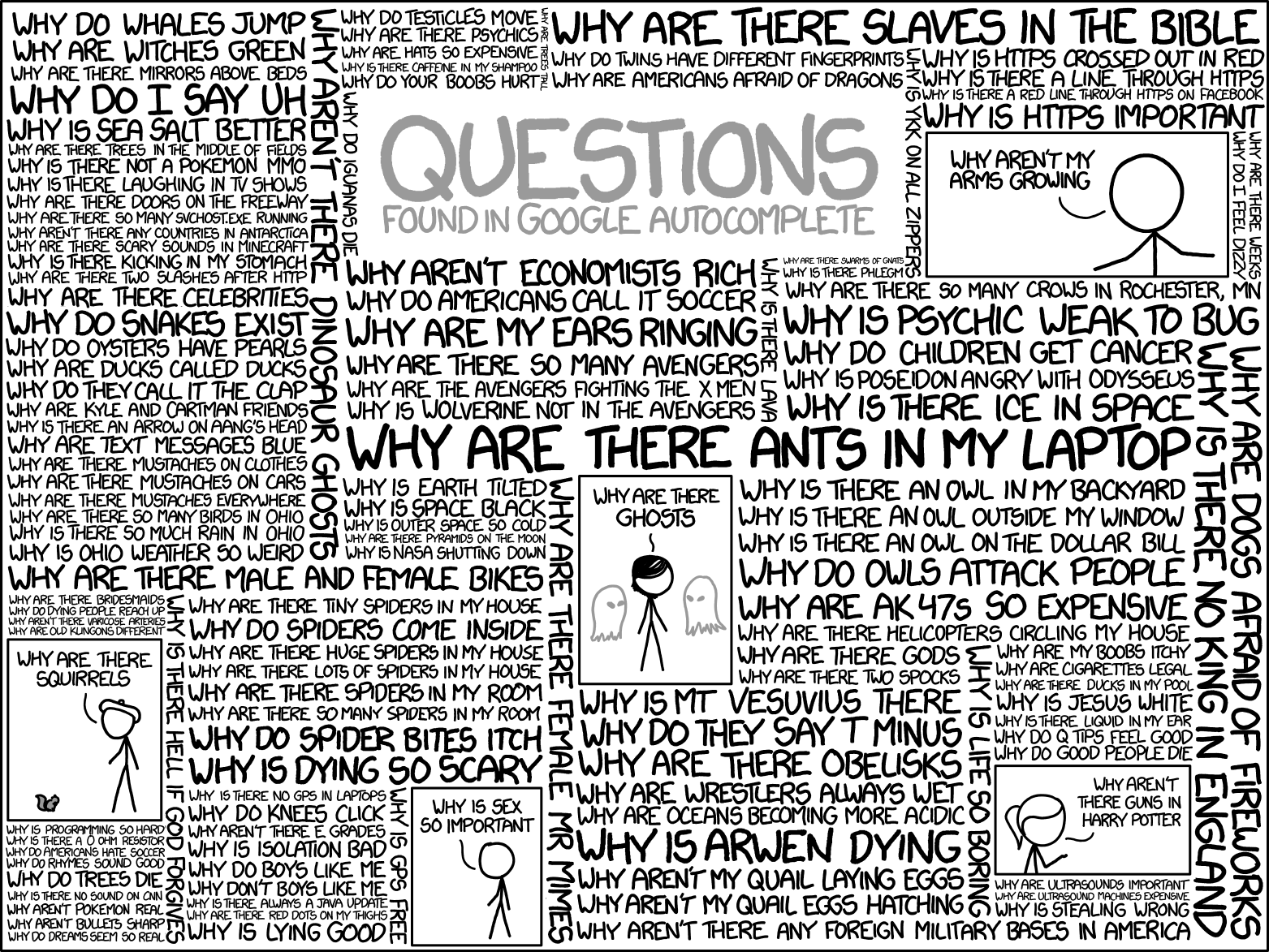Eric Earl
(SDLC)
Software Development Life Cycle
Presented January 5, 2023
slides available at slides.com/ericearl/sdlc
follow along live at slides.com/d/ZcKbmCY/live
Navigation
(look in the bottom right corner)
Previous topic
Next topic
Out of a topic
Into a topic
Slide Number
10 . 2
〞
Splitting software development work into distinct phases to produce higher quality software and complete the project within time and cost estimates
Today's Models
There are a few more major SDLC methodologies, but I didn't feel they were as applicable to us as the five others being covered today.
Other examples:
- Continuous Integration
- Rapid Application Development
- Shape Up
- Behavior-Driven Development
- Chaos Model
- And more...
Disclaimer
- Requirements/Specifications
- Design
- Implement
- Test
- Release
- Maintain
Commonalities
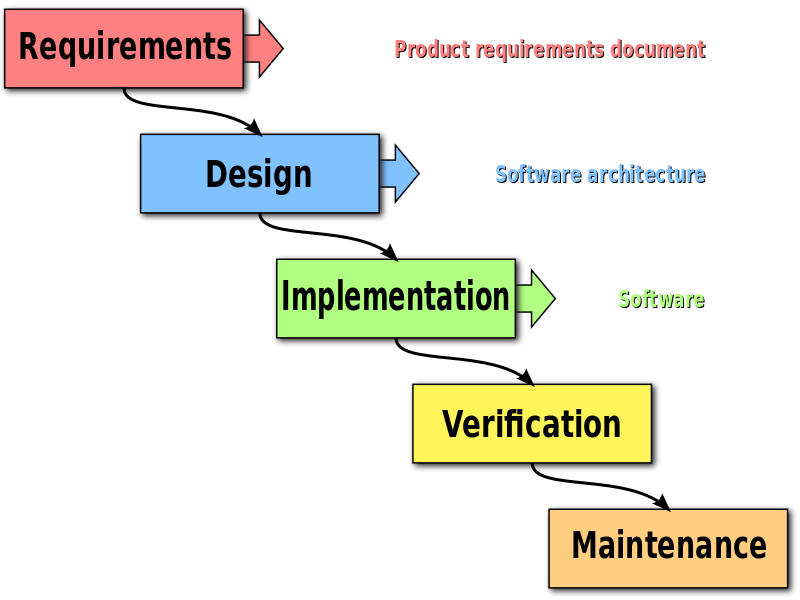
Waterfall/
Cascade/
Traditional
Each phase must be completed before the next phase can begin and there is no overlapping in phases
- Requirements up front saves time later
- More focus on prep and documentation
- Well-defined milestones/goals
Pros
- Requires well-defined goals at the start
- Changing requirements means starting over
- Less flexible to change
Cons
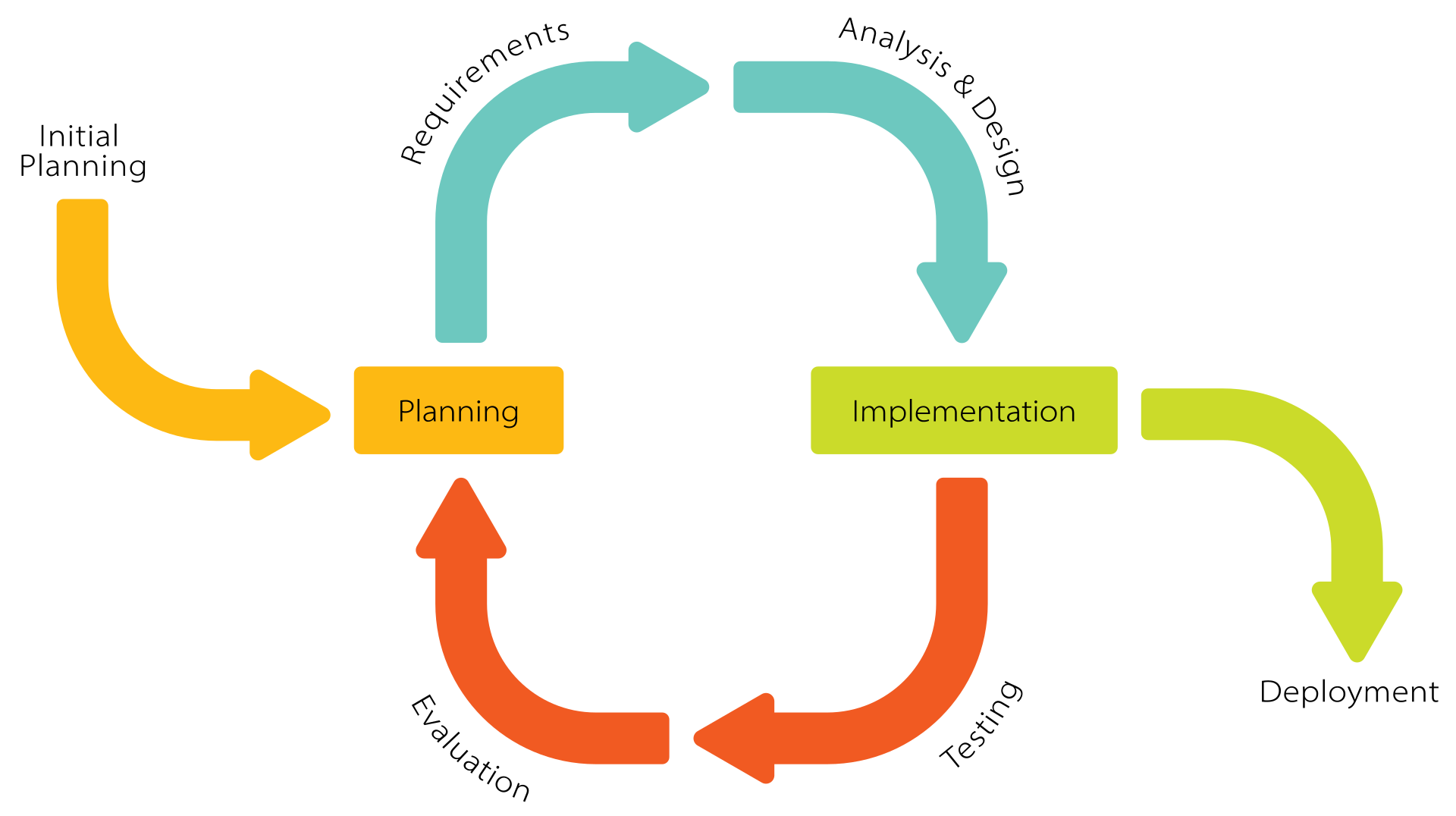
Iterative
More than one iteration may be
in progress at the same time
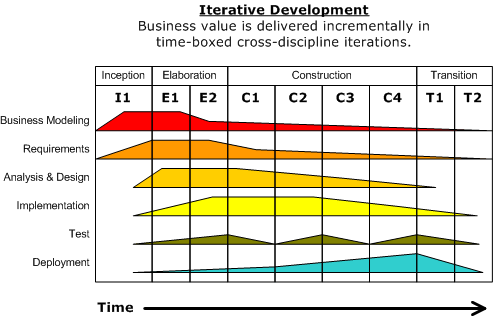
- Don't need complete requirements to start
- Can get feedback after each iteration
- Can deliver before all features are implemented
Pros
- Architecture problems with adding features
- Can have too much focus on an iteration and not the big picture
- Difficult to estimate new feature timelines
Cons
Prototyping
Creating incomplete software as a proof of concept.
Revise/Enhance
4
Development
2
Review
3
Basic requirement identification
1
- Sooner user feedback
- Discover difficult parts sooner
- Provides a reference for future development
Pros
- Usually poor requirements and impractical solution
- Possible overuse of prototype code
- Time invested in prototype IS NOT design time
Cons

Spiral
Combination of iterative and waterfall with emphasis on "risk analysis"
About "Risk"
The concept is:
"If [X] happens it will cost $[Y]"
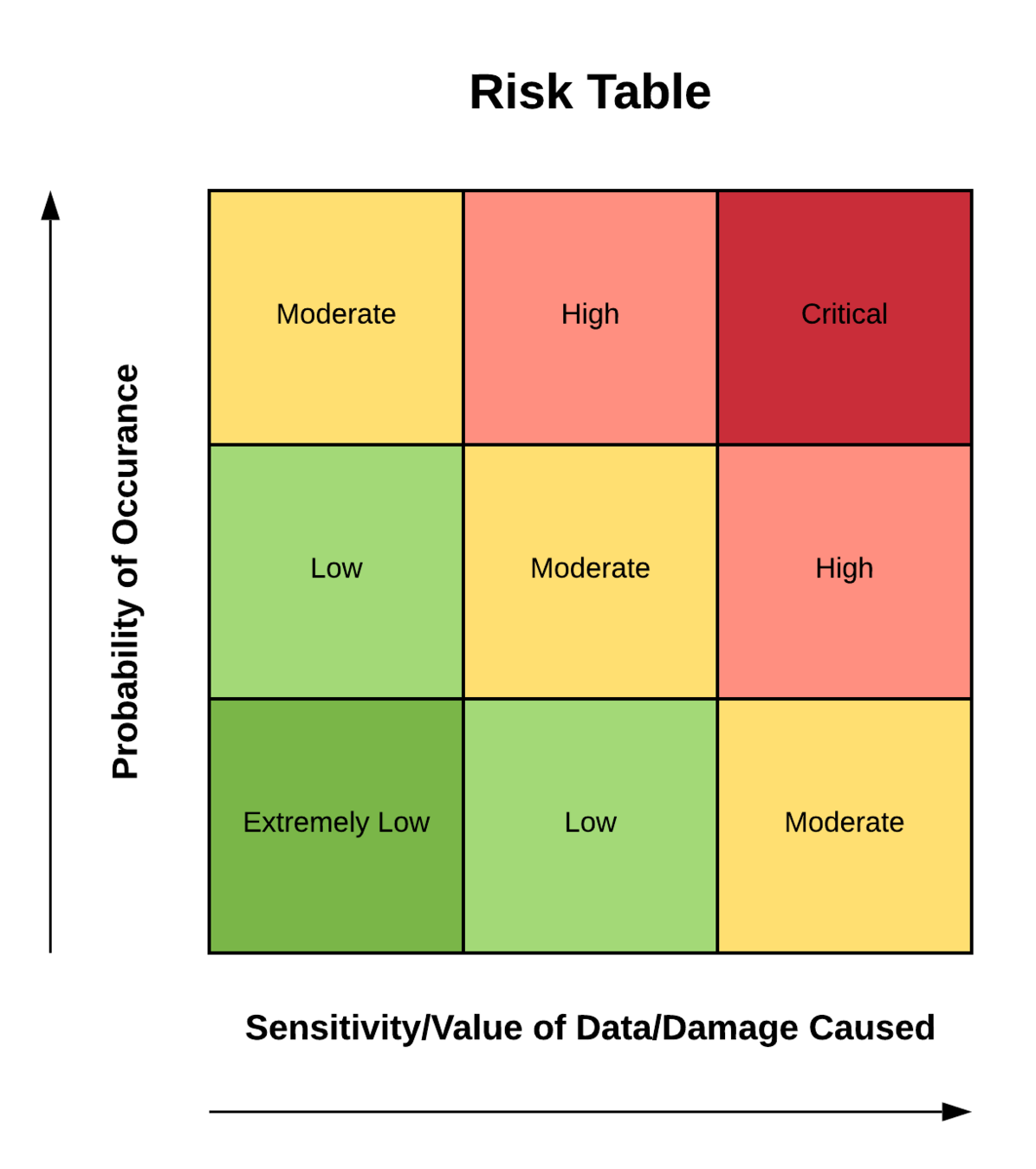
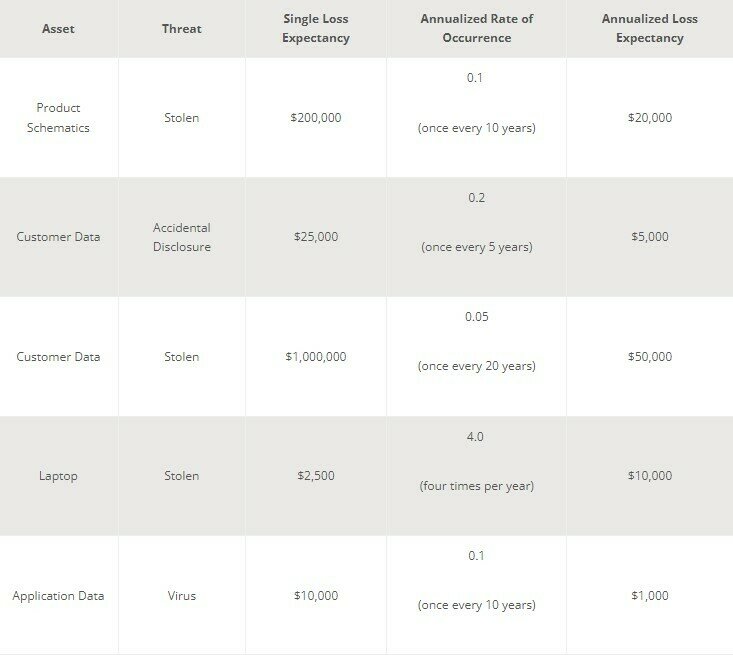
- Changes may be added flexibly in later phases
- Balances risk vs time investment
- Good for medium to long term projects expecting many changes
Pros
- Continual refactoring can slow progress
- Milestone timelines are harder to estimate further along the spiral
- Can be indefinite for poorly defined projects
Cons
Short cycles, iterative and incremental delivery, failing fast, getting feedback, delivering value early.



Most current SDLC practices are Agile in some way.
- Work can begin with minimal requirements
- Separating out planners means more informed decisions
- Early feedback and testing means better product overall
Pros
- Some work is dropped if requirements change
- Many stakeholders leads to scope creep
- Short iterations can lead to worse documentation
Cons

Take-aways
- Consider project scope before beginning.
- Earlier specifications save overall time.
- Clear processes set clear expectations.
